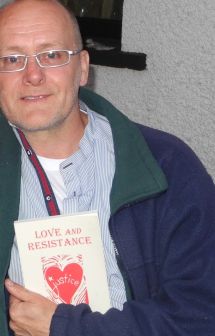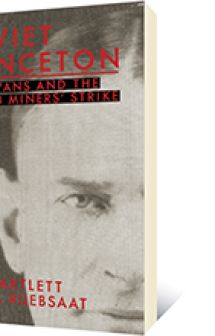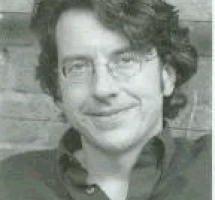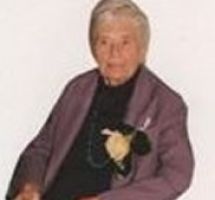The kind of pacifism that does not actively combat the war preparations of the government is powerless and will always stay powerless. Albert Einstein
One of the twenty-five lessons tells us that there is no proactive word for non–violence – at least in English and most languages. Another says that the state imagines it is impotent without a military because it cannot conceive of power without force; yet another lesson states that people motivated by fear do not act well. What are we ruled by? In my lifetime our society has always been fear based, – from the “Cold War” to the “War on Terrorism” of today. All these lessons challenge our conventional thinking about war and violence on an organized scale. Non–violence and its resulting demilitarization are powerful forces that are suppressed by those who believe people must be controlled and ruled by the fear of unknown violence and the false hope of peace and justice resulting from war and violence.
“The professed object of war generally is to preserve liberty and produce a lasting peace; but war never did and never will preserve liberty and produce lasting peace, for it is a divine decree that all nations who take the sword shall perish with the sword…” David Low Dodge, 1815. page 87
His last lesson is optimistic and hopeful; he states that the hard work of beginning a movement to end war has already begun. He says that non–violence & peace activism and activists spread their conviction into many areas of social justice – women”s rights, the environment and many other causes have bloomed and succeeded in many places because of their roots in non–violence.
The author provides a historical survey of thinkers, philosophers, institutions and activists who provide a basis for a continuous context of non-violence ideas. People and organizations are imperfect and frail, particularly when they gain power. I found particularly interesting his history of religious institutions which preach non–violence, but too often advocate and practice violence when they are attacked or in a position to attack – religious leaders like all leaders also can betray their followers and their original commitments.
Kurlansky rests much of his case on familiar individuals (all male) from Gandhi to Martin Luther King with critiques of mainly USA organizations. The book that illustrates the power of women and non–hierarchical organizations worldwide has not yet been written, but within the parameters that Kurlansky has chosen, this book and its list of lessons are useful to activists looking for examples and pitfalls for the success of non–violence as a working philosophy.

 Follow
Follow






















